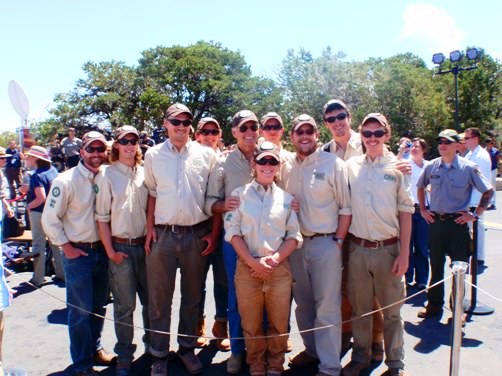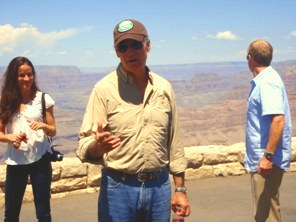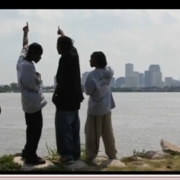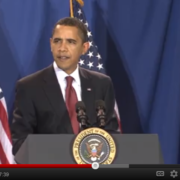“I propose to create a Civilian Conservation Corps. . . . More important, however, than the material gains will be the moral and spiritual value of such work.” –Franklin D. Roosevelt March 9, 1933
In his first 100 days, President Roosevelt approved several measures as part of his New Deal, and the Civilian Conservation Corps (CCC) in particular represented the new president’s determination to create jobs and preserve Americans’ sense of pride in their work. The CCC, also known as Roosevelt’s tree army, was a second chance for thousands of unemployed young men (many of whom were in dire need of income, but also vocational and educational training).
From 1933-42, President Roosevelt’s “CCC boys” dramatically improved the nation’s public lands, while also receiving food, shelter, education and a precious $30-a-month stipend that literally saved many of their families from hunger in tough times. By the close of the program, there was hardly a state that had not benefited from the program, with millions of acres of federal and state land improvements, roads built, telephone lines strung and trees planted.
“People of all ages, stations, and skills will be asked to serve. Because when it comes to the challenges we face, the American people are not the problem-they are the answer. We’ll call on Americans to join an Energy Corps to conduct renewable energy and environmental cleanup projects in their neighborhoods.” –Barack Obama July 2, 2008
Like the legendary CCC of the ’30s, today’s Corps are a proven strategy for giving young men and women the chance to change their communities, their own lives and those of their families through service. Carrying forward the CCC’s legacy, modern Corps are often a lifeline to young people who are low-income, out-of-school, out-of-work, and looking for a second chance. But more than that, Corps are also a place for all young people to channel a drive to serve, strive toward their potential, and do meaningful work that directly impacts their communities.
If the generation that filled the ranks of the CCC were to be called the greatest generation, today’s modern Corpsmembers prove that still greater things lie ahead. Unlike few before them, America’s young adults are compelled to serve and motivated to meet the profound challenges of their day – namely, climate change.
Modern Service and Conservation Corps are a concrete example of the solution-driven American ethic of service President-elect Obama spoke of so eloquently.
During the campaign, President-elect Obama committed to establishing a Clean Energy Corps that would, “promote energy independence through efforts like weatherization, renewable energy projects and educational outreach…and to clean up polluted land and water, plant trees, and work for the environmental health of our nation’s natural areas.” He also proposed the creation of a Green Jobs Corps “for disconnected and disadvantaged youth… to provide participants with service opportunities to improve energy conservation and efficiency of homes and buildings in their communities, while also providing practical experience in important career fields of expected high-growth employment.”
Service and Conservation Corps across the nation are already engaged in a wide variety of energy service and job training activities. For example, the Ohio Civilian Conservation Corps at Quilter, housed in a Community Action Agency, builds professionals through service: Corpsmembers join the CAA weatherization team after they have gained experience through service and achieved related certification.
In addition, Service and Conservation Corps are providing viable solutions to other national concerns, such as our decaying transportation and infrastructure systems, the high school drop-out crisis, and youth incarceration. Each day, Corpsmembers also combat climate change through their conservation efforts on public lands.
Across the nation, Corps stand ready to provide solutions to pressing problems and respond to national needs.
Please contact The Corps Network’s Director of Government Relations, Mary Ellen Ardouny, for more details at 202.737.6272 or[email protected].









































































